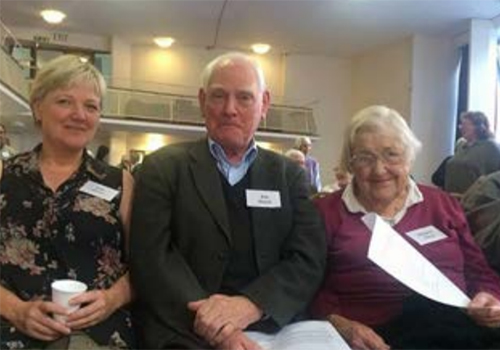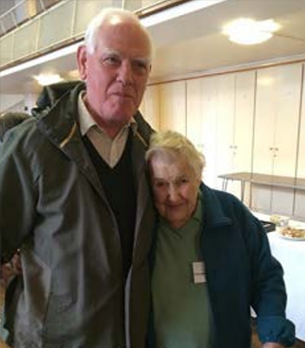Rev. Bob Marsh / Former Treasurer, Medak Diocese
Memories of Church of South India
Margaret and I reached India on 5 January 1959 along with several other missionaries. The old order was changing rapidly, but Frank Whitaker was Bishop in Medak supported by many other missionaries in the Telugu speaking –dioceses. In the next 10 years most of them retired or moved away. A senior missionary welcomed Margaret and me, saying he had voted against my coming. I understood what he meant. It was time for us to leave Indian people to run their own church in their own way under God.
Dependency on foreign funds was still very great. To enable the Church to survive after the missionaries, Bishop Whitaker proposed a New pattern of Voluntary Church Workers (VCWS) for which Denys Saunders was an important resource person. VCWS were fine in town where most people were educated. Someone said, ‘It is the villages where voluntary workers are needed. It is the towns which are providing them but they are not needed because town’s people can afford to pay stipends.’ Donald Childe, Methodist Missionary Society (MMS) Secretary, visited India in 1959.
He was horrified that ministers and evangelists were not receiving their salaries in full because of cuts in MMS grants agreed by the Diocese. He made 2000 GBP available as a cushion grant and of course the amount was called for in full. Until 1969 there was no progress in becoming less dependent on MCOD. In that year the Diocesan Council agreed to a 25% cut in the grant over three years. During the next years it was agreed that the grant would be phased out entirely by 1980. A consequence of this was that evangelists were offered lump sums to take early retirement.
No other evangelists were trained. Ministers were encouraged to take early retirement. Money saved from reduced grants was sent to India to invest in property. It was hoped that there would eventually be a smaller self-supporting church. Some expected the church in the villages to collapse.
In the year 1970-74 there were tedious discussions at Diocesan and District Church Councils (DCC) on the issue of finance. Wealthy town churches had raised about Rs.55,000 and never reached the Rs.60,000 as was in the budget. Constant reminders of the need in Church Councils in town DCC led to a situation in which when the MCOD grant ceased in 1980 it had become irrelevant. The town churches were giving the best part of 3 lakhs. Income from property was growing and stipends increased by 100% and were paid in full.

Bishop Victor Premasagar decided to begin training evangelists once again and in three years 25 evangelists were trained. Then the training stopped. All right to train them! Where was the money to come for to pay their salaries. I have the impression that the Diocese stumbles along with many faults and extraordinary examples of grace. The church at Mettuguda , a mile from the Diocesan Office, in Secunderabad was meeting in 1974 in a house big enough for about 40 persons. I am told that there are 500 members now meeting in a church built in the 1980’s.

